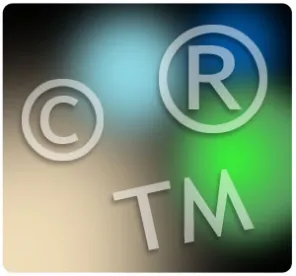The US Court of Appeals for the Federal Circuit upheld a decision by the Trademark Trial and Appeal Board (TTAB) reiterating its determination that a single DuPont factor, such as the dissimilarity of the marks, can be dispositive in a likelihood of confusion analysis. Oakville Hills Cellar, Inc. v. Georgallis Holdings, LLC, Case No. 16-1103 (Fed. Cir., June 24, 2016) (Lourie, J).
The TTAB dismissed Oakville’s opposition to Georgallis’s MAYARI application based on Oakville’s prior registration for MAYA, both of which are for “wine.” The TTAB assessed the evidence of record and determined that the first DuPont likelihood of confusion factor (i.e., the similarity or dissimilarity of the marks in their entireties as to appearance, sound, connotation and commercial impression) led to a finding of no likelihood of confusion and was dispositive, notwithstanding the TTAB’s conclusion that other factors (the similarity of the goods, channels of trade and conditions under which buyers make their sales decisions) tended to show a likelihood of confusion and that other factors were neutral.
The case turned on the evidence (or lack thereof) as to how a relevant consumer would interpret or pronounce the word MAYARI. Oakville’s take was that consumers would look at MAYARI and immediately see MAYA with the addition of RI at the end (especially if only the first four letters of MAYARI were visible because of the wine bottle’s positioning). The TTAB disagreed and stated that there was no evidence to show that the marks would be pronounced alike, as RI has no meaning alone and MAYARI is not a recognizable word. In contrast, MAYA is a common female name and also refers to the pre-Columbian civilization.
In addition, the record showed that the creation of the MAYARI mark was an amalgam of the names Maya and Arianna the daughters of Georgallis’s owner. Therefore, despite the fact that both marks are also names of goddesses, the TTAB was not convinced that “customers would be aware of the more esoteric meanings of the marks,” nor would consumers necessarily seek out the particular webpage on Georgallis’s site describing the origin of the MAYARI mark (and even if they did, this would not necessarily affect the ultimate pronunciation of the mark).
The Federal Circuit agreed with the TTAB and pointed out that the mark MAYARI could be pronounced with emphasis on any of the English words contained therein, i.e., MA-YARI, MAY-ARI, or MAYA-RI. Accordingly, although Oakville supplied some evidence as to potential pronunciations, it did not rise of the level of “substantial evidence,” meaning “such relevant evidence as a reasonable mind would accept as adequate” to support Oakville’s conclusion, whereas the TTAB provided “substantial evidence” showing that the marks are sufficiently dissimilar as to appearance, sound, meaning and commercial impression as to support a finding of no likelihood of confusion.
Practice Note: Evidence is your best friend in a likelihood of confusion analysis, especially when attempting to show dissection of a mark.




 />i
/>i

